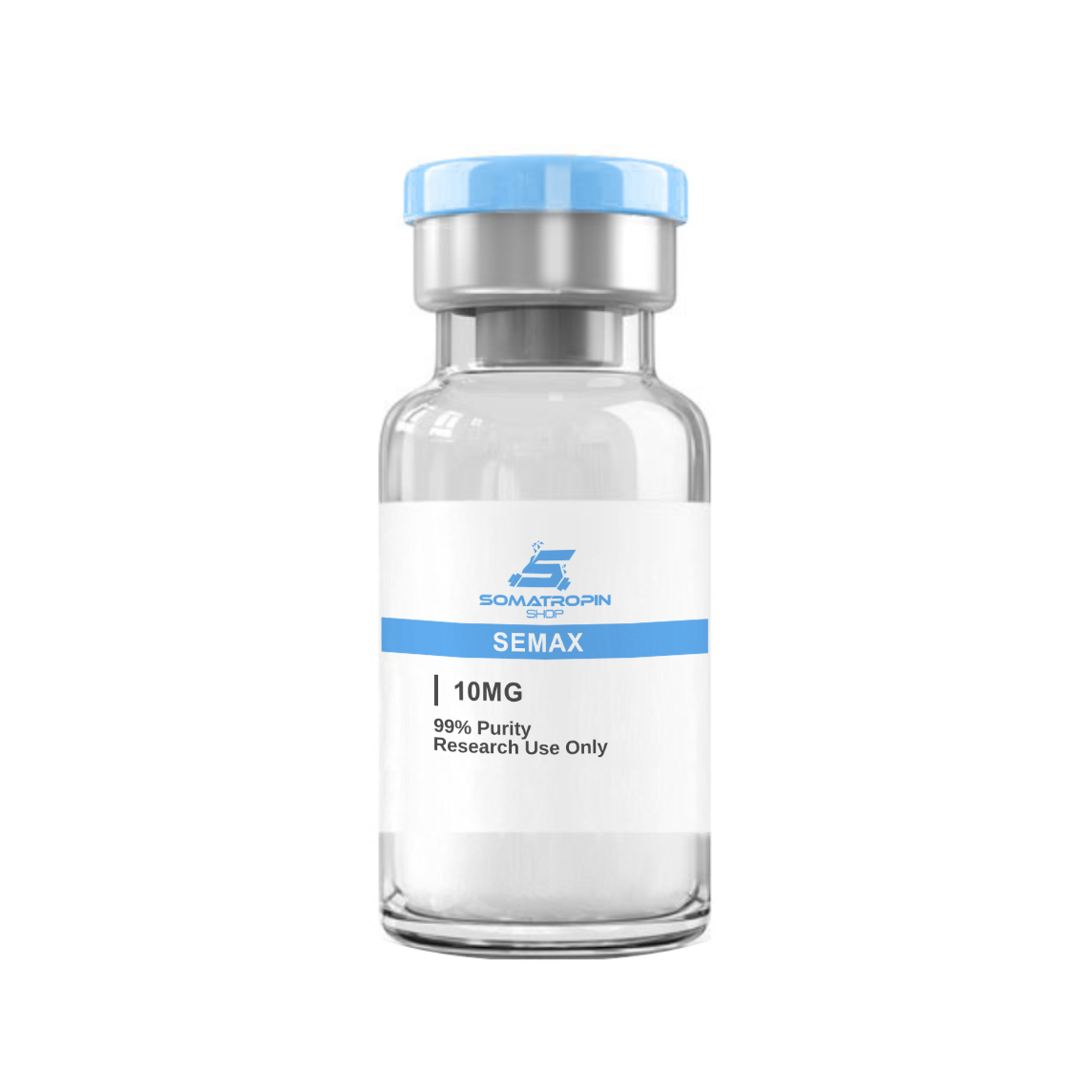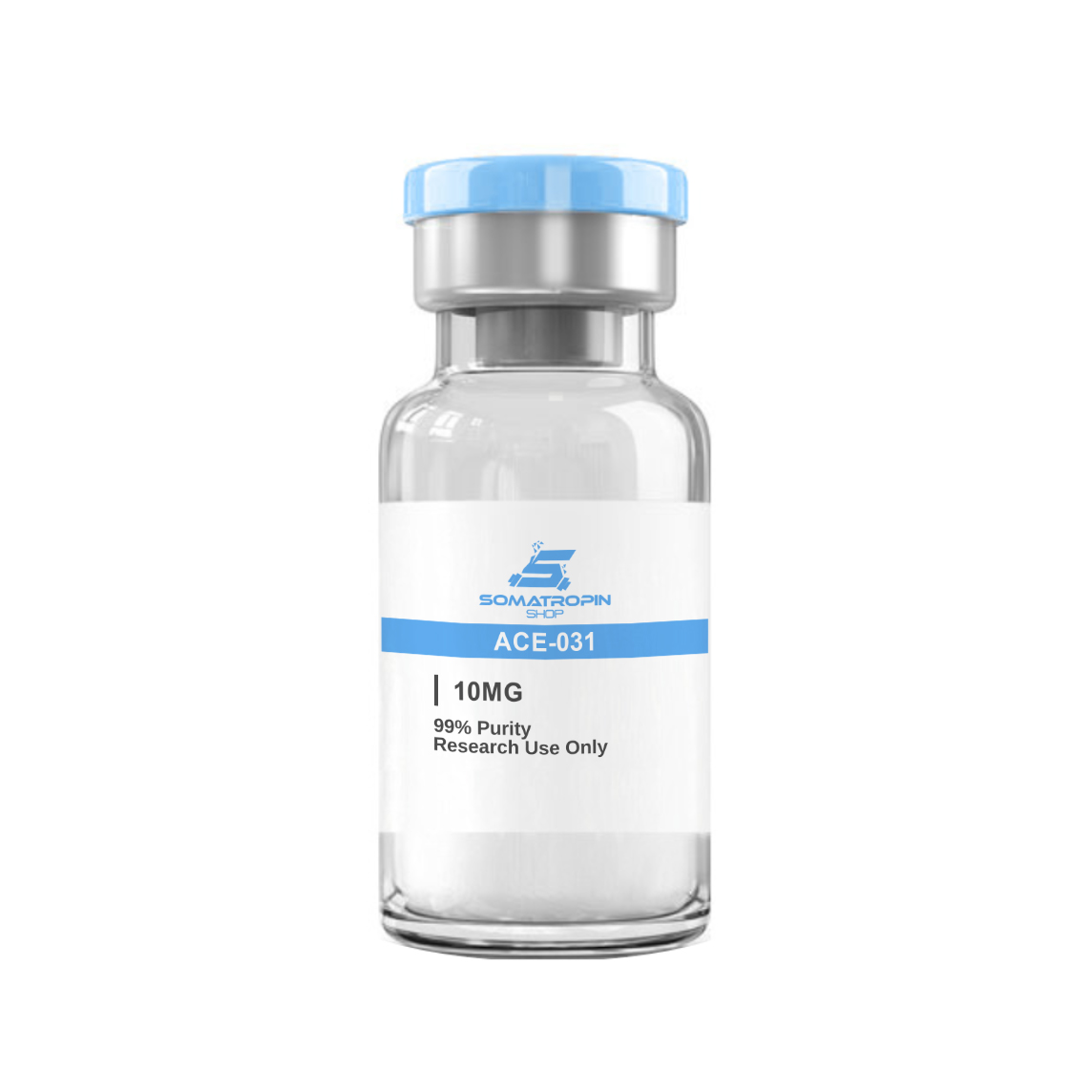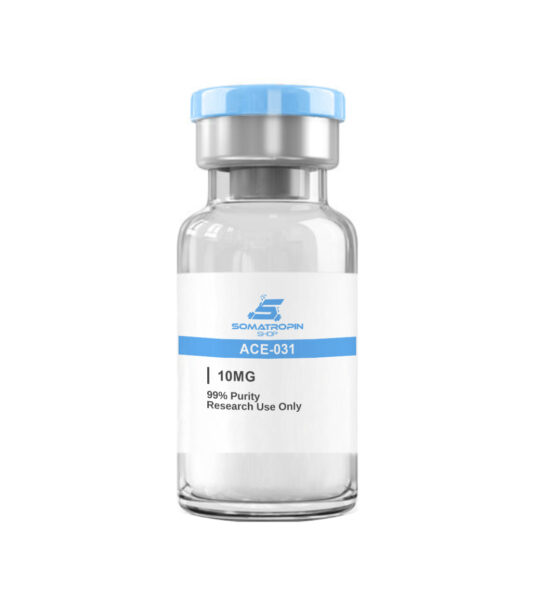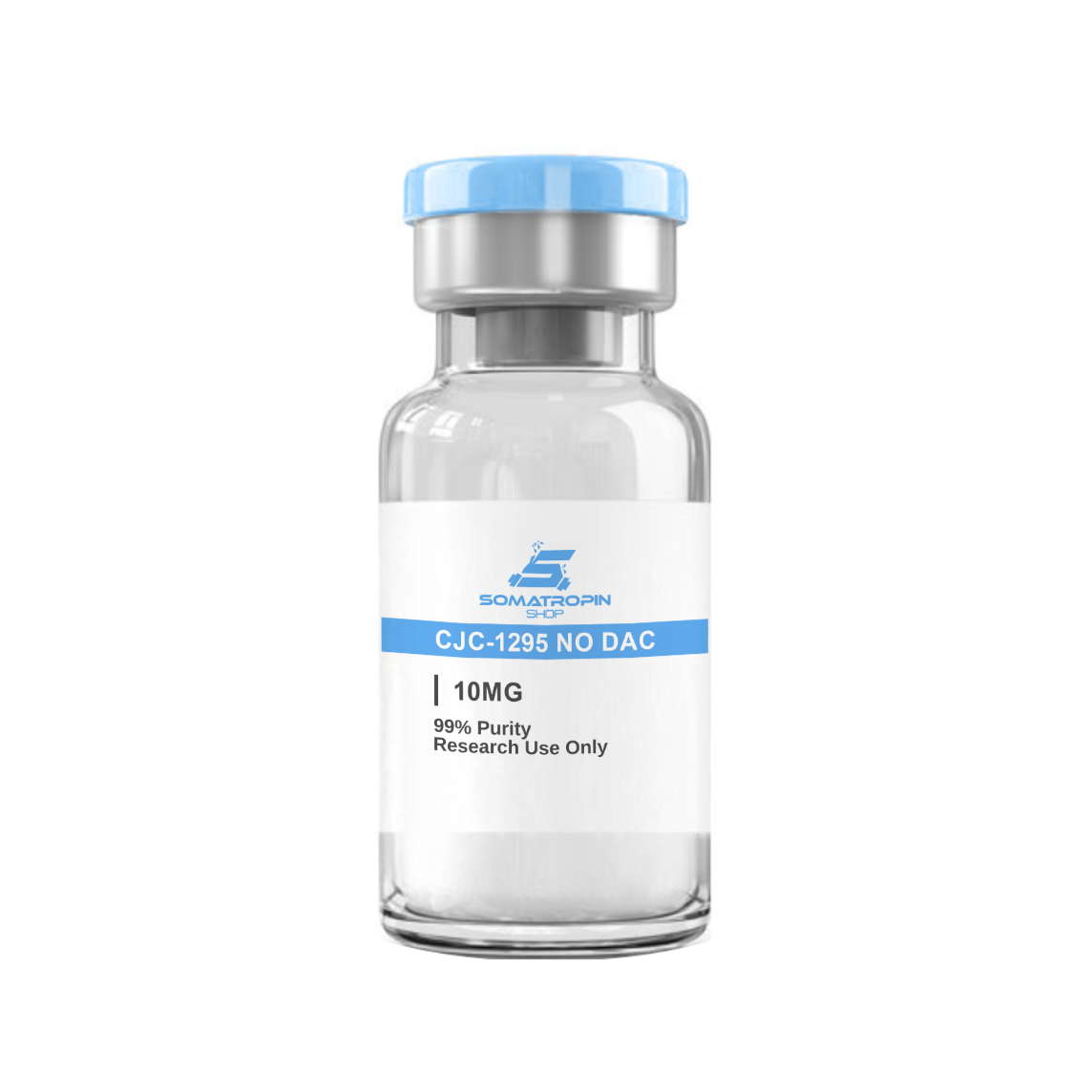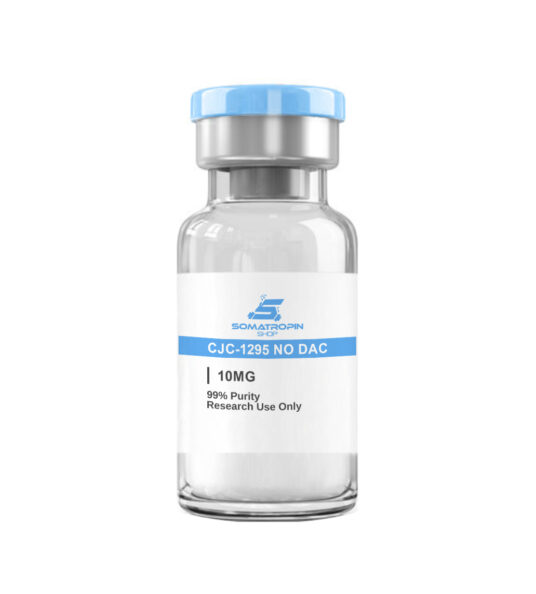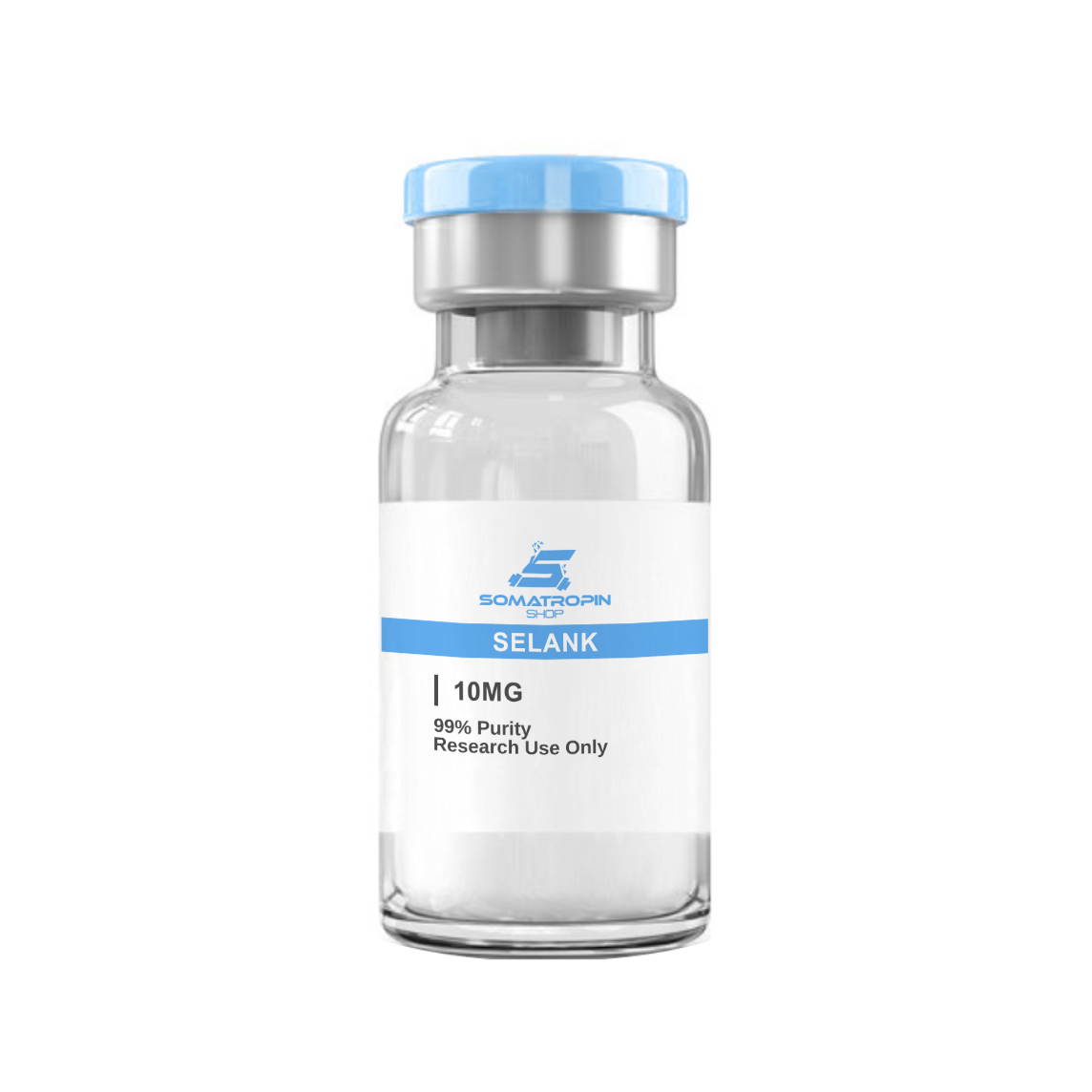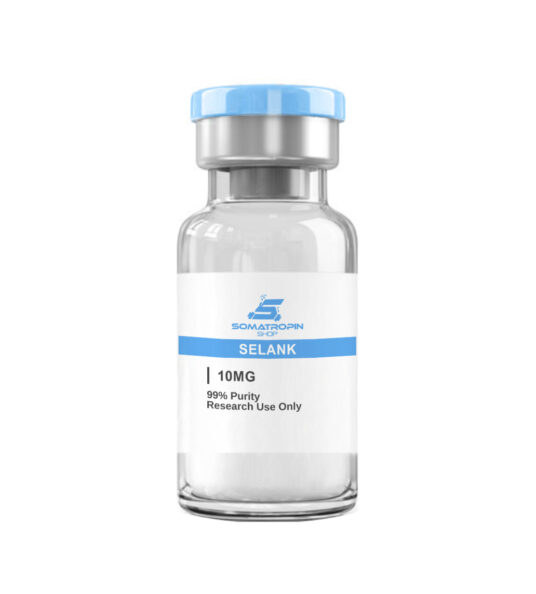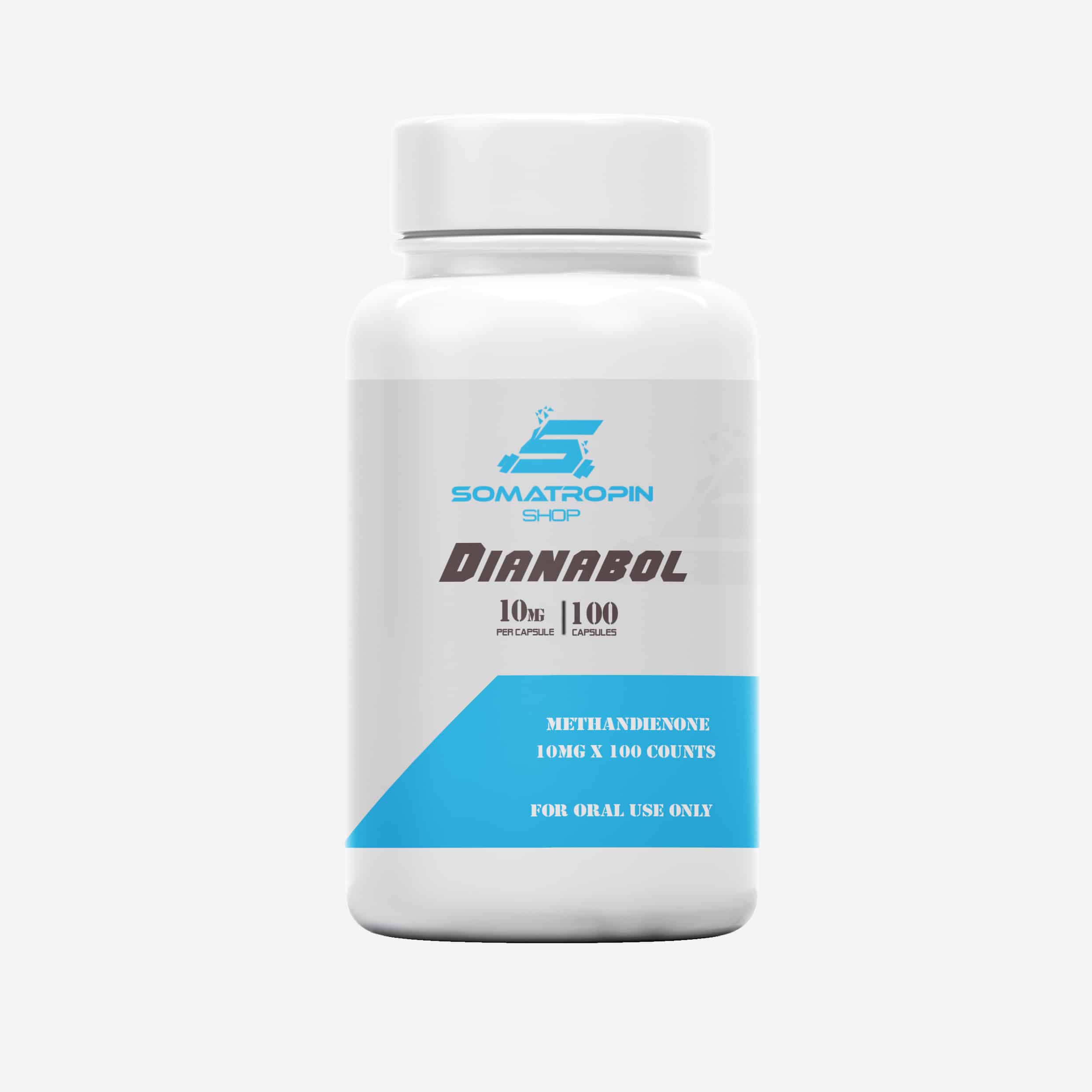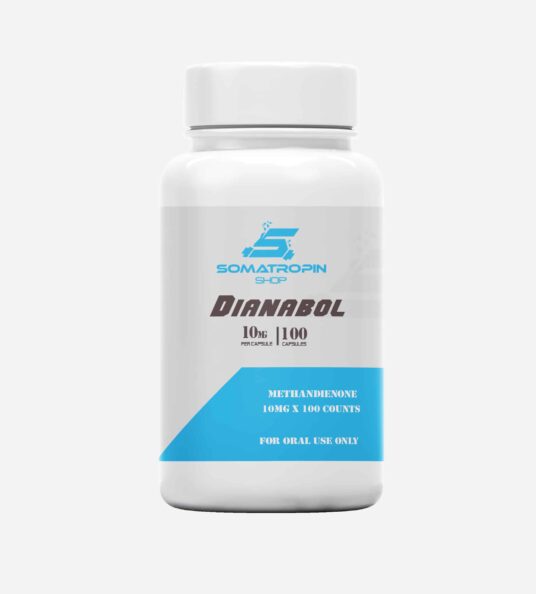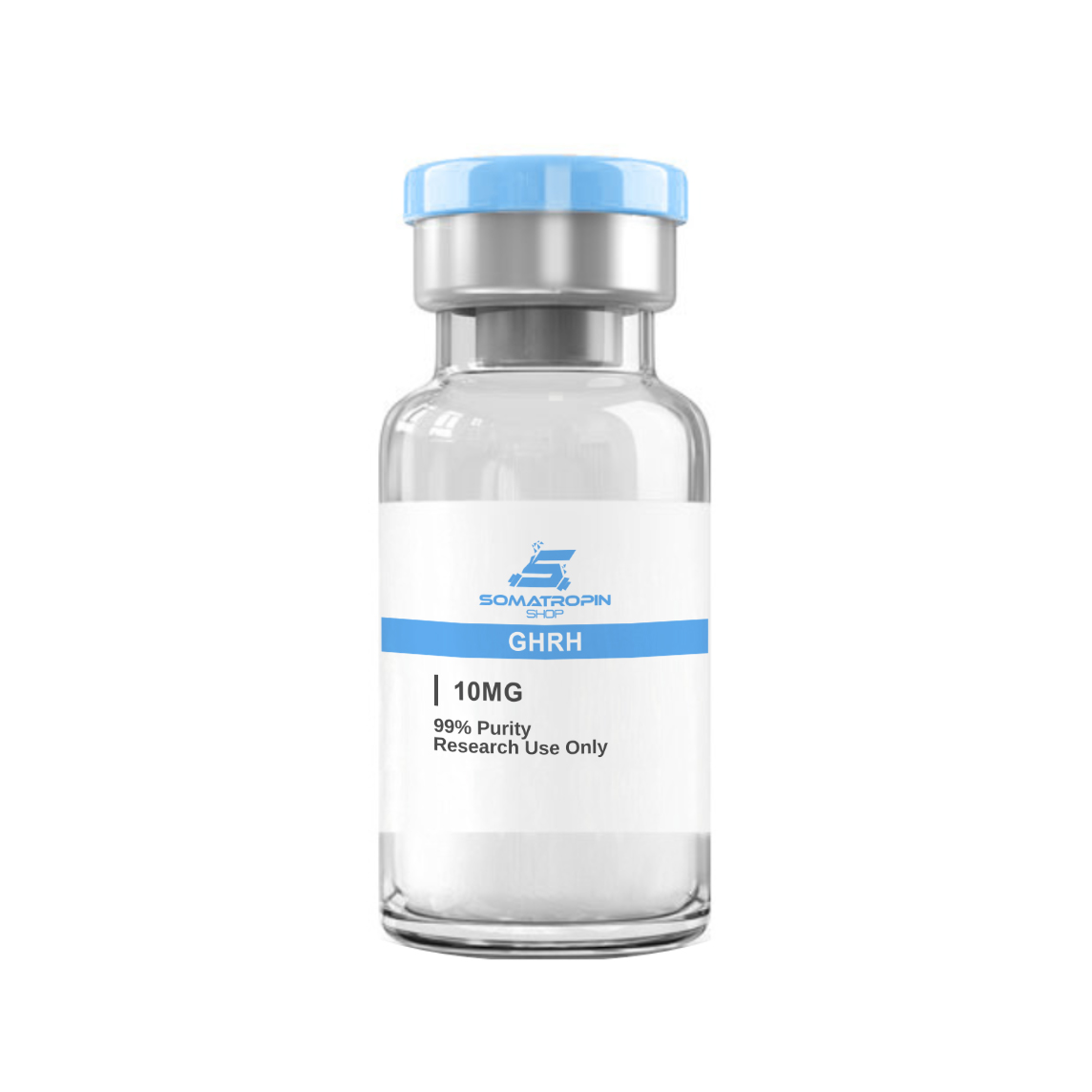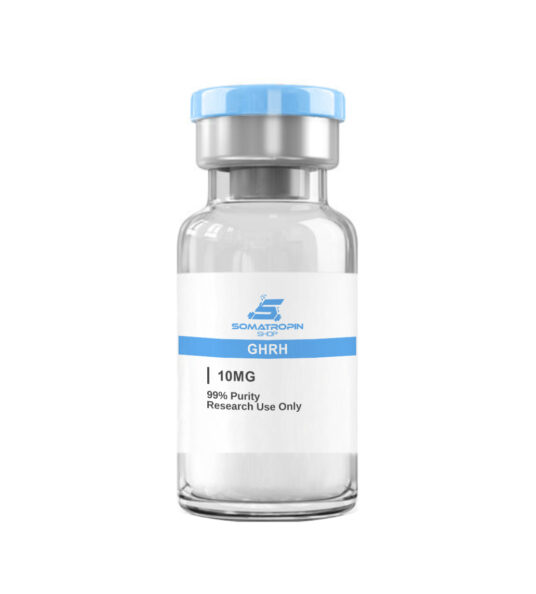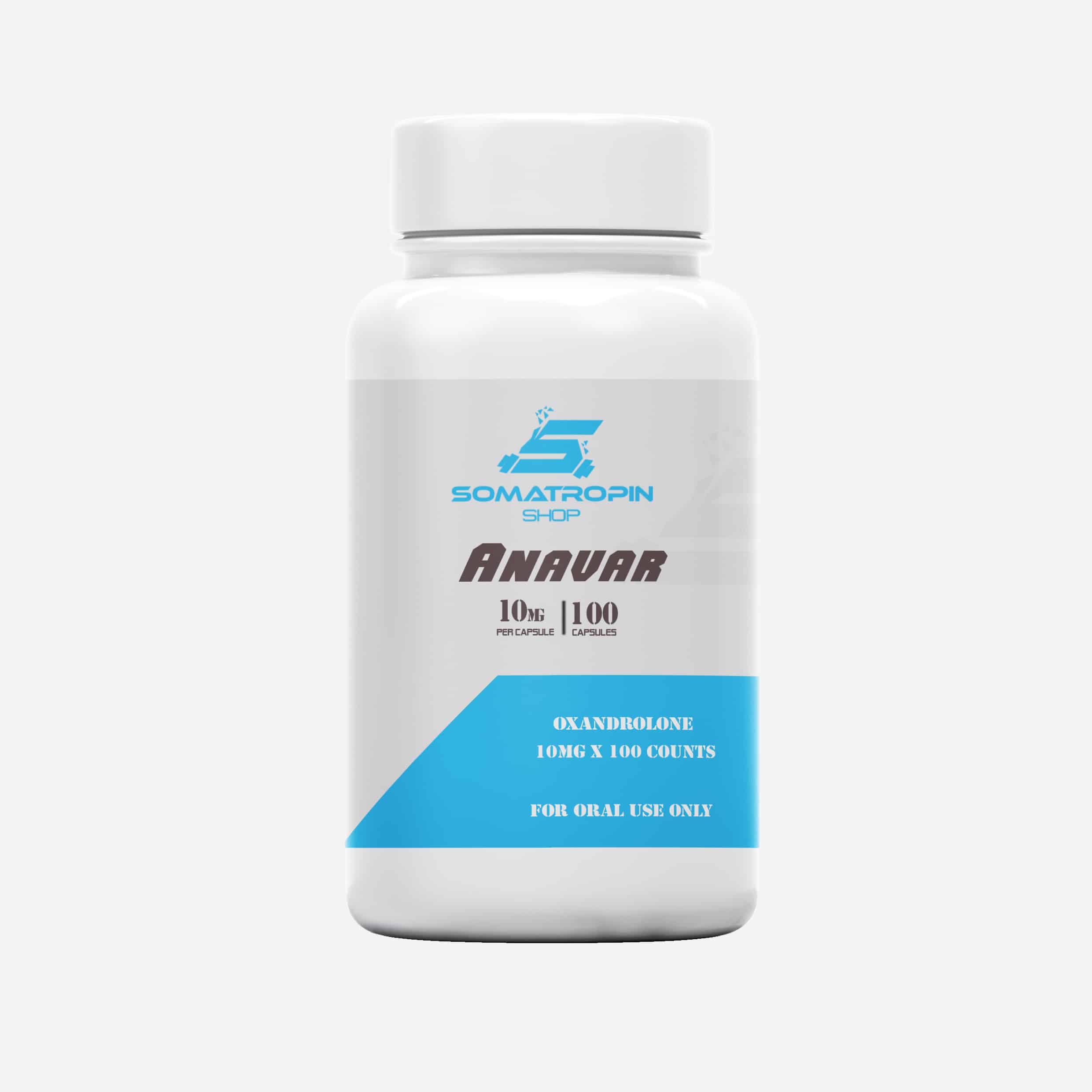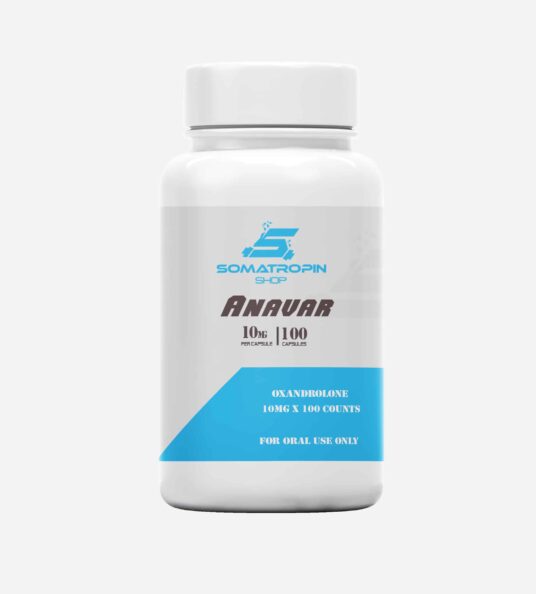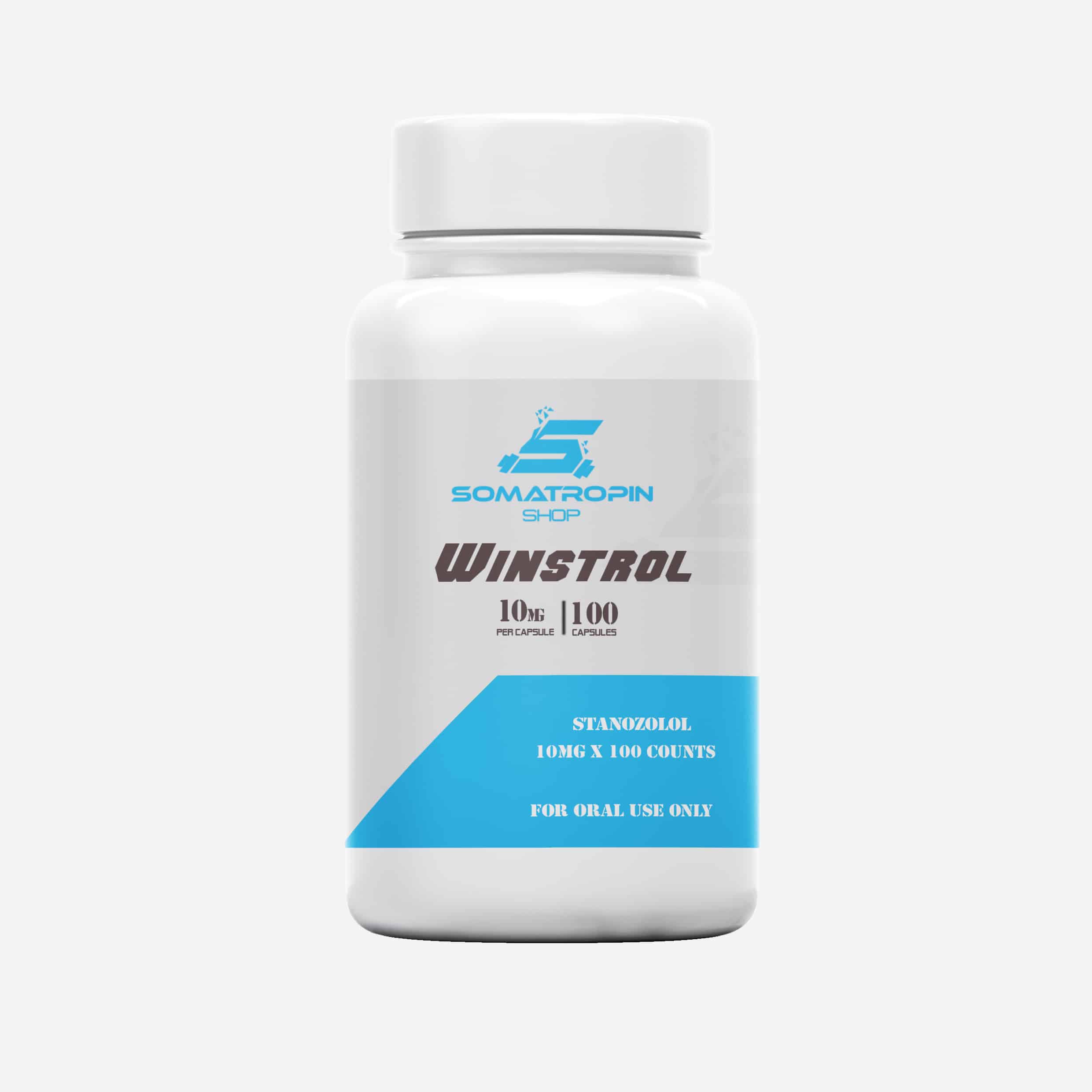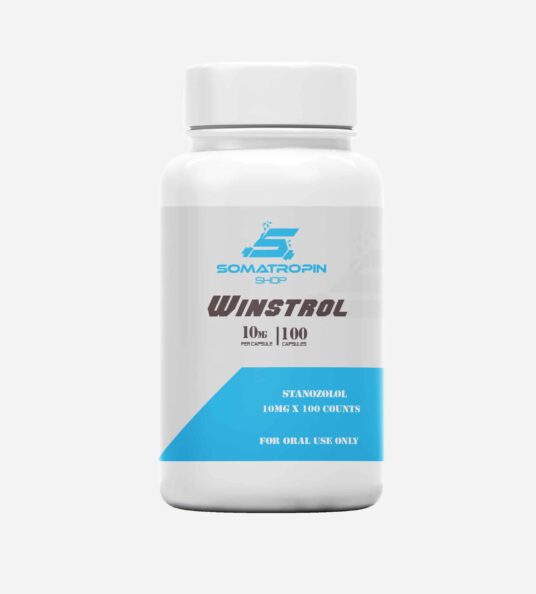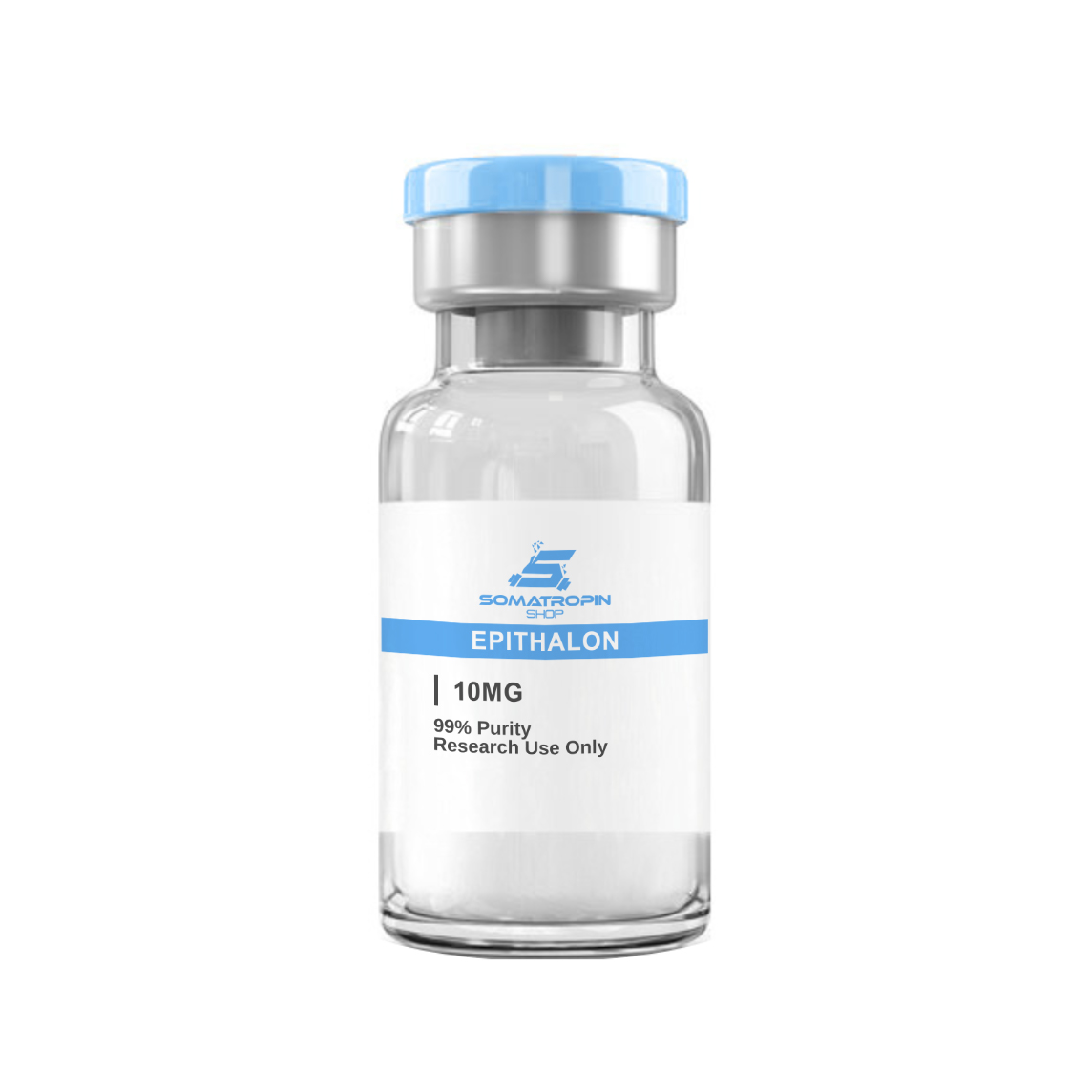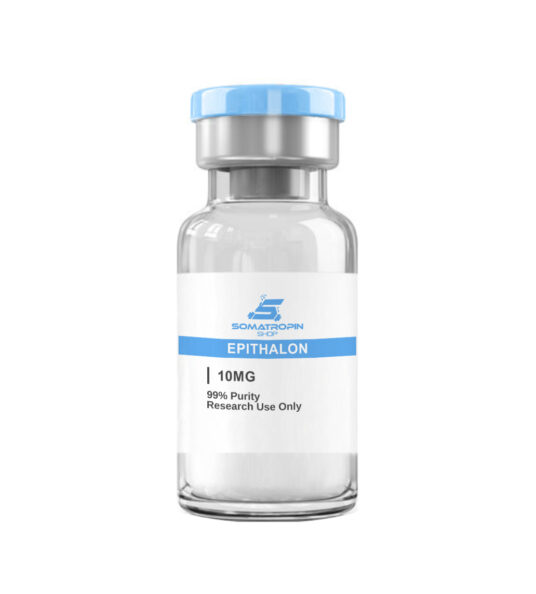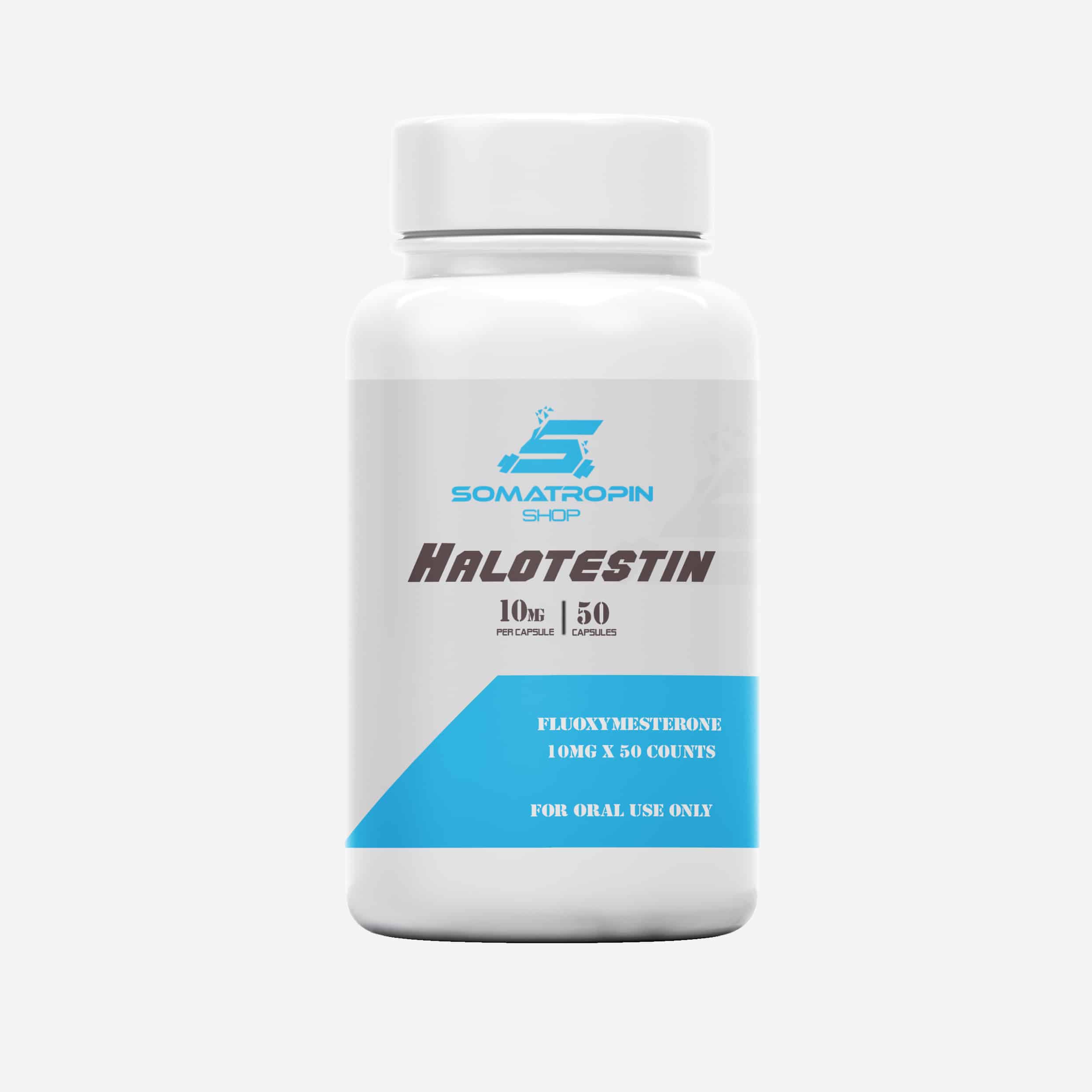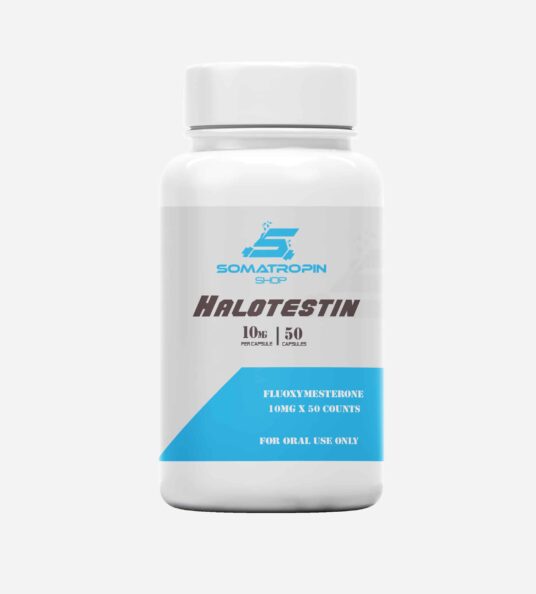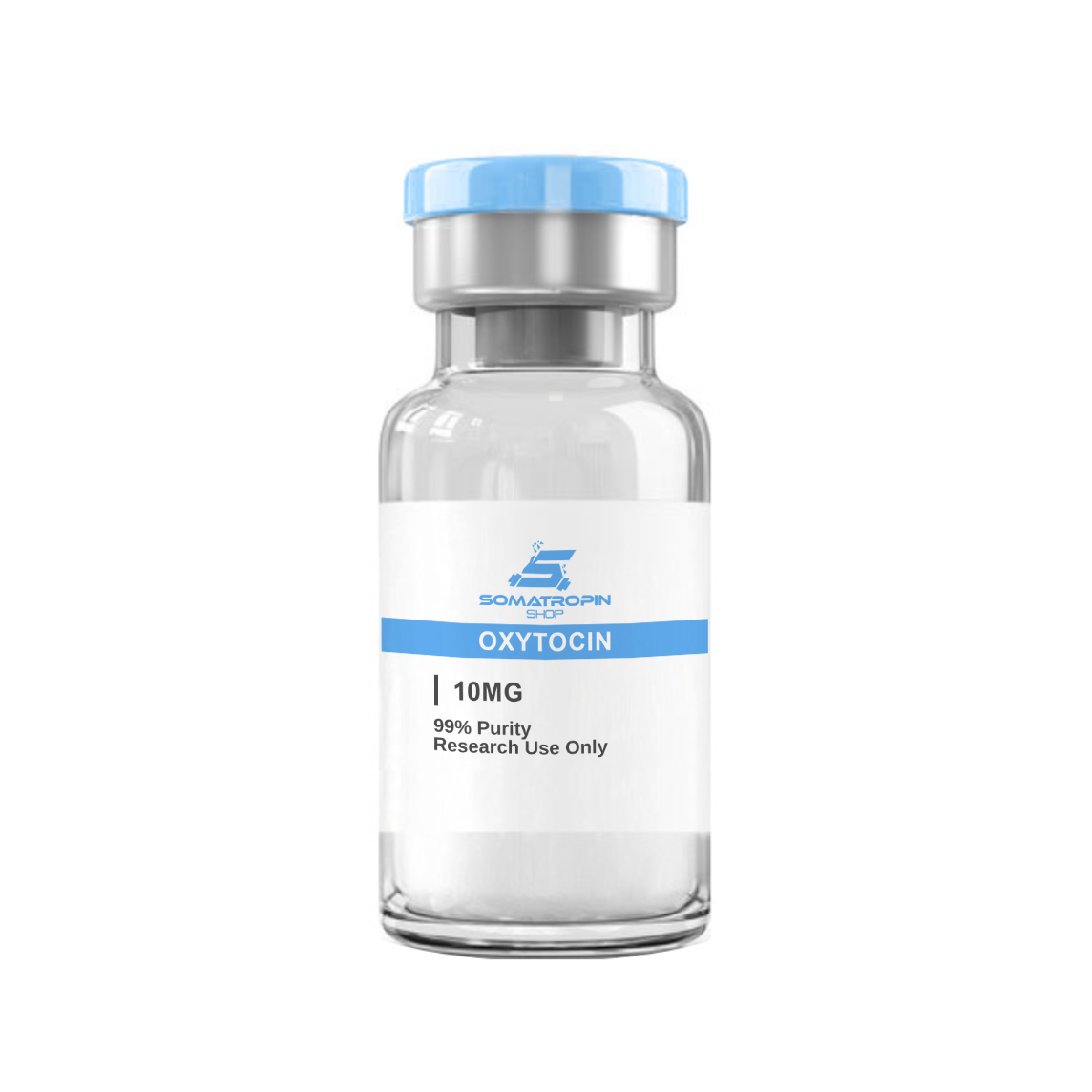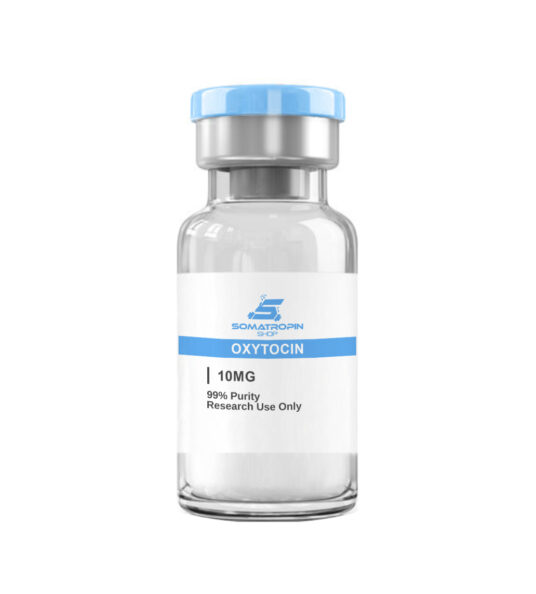Description
Semax Overveiw
Semax, which was developed in Russia, has been found to have benefit in the settings of stroke, cognitive impairment, dementia, and inflammation of the optic nerve. It has also been tested as a potential immune system booster and has been found to have antidepressant and anxiolytic properties as well. Research shows that Semax increases levels of brain-derived neurotrophic factor (BDNF) in the central nervous system as well as levels of serotonin and dopamine.
Semax Structure
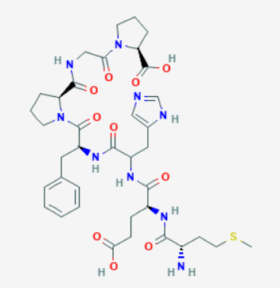
Source: PubChem
Sequence: : Ac-Met-Glu-His-Phe-Pro-Gly-Pro
Molecular Weight: : 854.99 g/mol
PubChem CID: : 122178
CAS Number: : 80714-61-0
Synonyms: : Pro-Gly-Pro-ACTH
What is Semax?
Semax is a synthetic analogue of adrenocorticotropic hormone (ACTH). It consists of the amino acids 4-10 of ACTH.
Semax Research
Semax Affects Resting Brain Structure
Functional magnetic resonance imaging has revealed that Semax boosts the function of what is called the default mode network
. The default mode network refers to brain areas that are more active during rest than they are during active task performance. This particular network is actually poorly understood, but recent research suggests that it may play a role in social cognition and monitoring of the environment. It is like a general-purpose system for monitoring the world around us when we don’t have something specific to focus on. This makes it an important part of attention as the default mode network is necessary for rousing use from a “rest” state so that we can focus on an event, particularly events that involve relating to other people. In fact, the default mode network is often compromised in diseases of cognition, such as Alzheimer’s disease, which only further supports the idea that it is involved in general social awareness
By boosting activity in the default mode network, Semax serves to increase our general level of arousal while at rest. This makes us more attentive to our environment, particularly our social environment, which is perceived as have greater focus and attention. In other words, Semax may be enhancing basic environmental monitoring functions of the brain, allowing it to more readily shift from a resting state to a focused state.
It is important to note as well that increased activity in the default mode network generally correlates with increased connections between various regions of the brain. Increased interconnectivity is associated with improve problem solving, enhanced memory, and creativity. Though there is no direct research to support such an effect of Semax, it is within the realm of possibilities that the peptide boosts interconnectivity and thus improves brain function on a global scale.
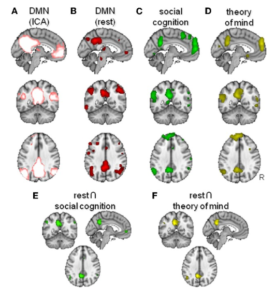
the Setting of Stroke
Semax is used in Russia for the treatment of acute cerebral hypoxia, such as would be the case with stroke or traumatic brain injury. Research in rats has found Semax stimulates a number of molecular mechanisms involved in gene transcription in the central nervous system (CNS). In concrete terms, Semax stimulates changes in the expression of 24 different genes related to blood vessels function in the brain and spinal cord. These genes regulate everything from smooth muscle cell migration to red blood cell formation and the generation of new blood vessels. This correlation may explain why Semax has shown neuroprotective properties in the setting of stroke. It appears that the peptide promotes the survival of neurons, stabilizes mitochondria and thus energy production, and improves the supply of nutrition to the brain
Research carried out in Russia on patients involved in rehabilitation following a stroke indicates that the Semax accelerates the rate at which function returns and results in greater overall level of function at the completion of therapy
. According to Gusev et. al., “early rehabilitation and administration of Semax increase BDNF plasma levels, speed functional recovery, and improve motor performance.”
BDNF is a natural brain peptide that stimulates learning and memory. It is possible that Semax, by stimulating BDNF, improves neuroplasticity in the brain and makes it easier for undamaged regions of the brain to learn tasks that were previously the responsibility of the damaged regions. Semax also activates the default mode network, as mentioned above, which is a critical component of resting attention and social function.
Gene Expression in the Brain
The changes to gene expression in the brain secondary to Semax are not only seen in the setting of stroke. Research in healthy rats has indicated that a single intranasal administration of Semax can have an effect on a number of different genes in both the hippocampus and frontal cortex. This is significant because the hippocampus plays critical roles in memory and learning while the frontal cortex is important in concentration, planning, and organizing information. In both tissues, gene expression is seen within 20 minutes of Semax administration and has particularly potent effects on nerve growth factor (NGF) and BDNF.
As is explained in the following section, the impact of Semax on genes in regions of the brain dedicated to concentration, learning, and executive function is one reason that researchers speculate that the peptide could open up channels for exploring how we learn and process information. There is even hope that Semax can help us understand how to improve cognition and make learning easier and more permanent for everyone.
Cognitive Performance
There is reason to believe that Semax is an effective means of boosting learning and memory, particularly in individuals suffering from neurological impairment of these functions. According to research out of Canada, the United States, and China, ACTH, the natural protein on which Semax is based, protects learning and memory function in mouse models of epilepsy.
The protein has long been used in the treatment of epileptic disorders as a first-line defense against development arrest or regression.
According to Dr. Scantlebury, Semax is a very effective derivative of ACTH and may offer benefits that the natural peptide does not. Though more research needs to be done, he points out that ACTH, even at low doses, can prevent learning and memory dysfunction in the setting of seizure. This may, in turn, suggest that ACTH and Semax have nootropic properties and that they may be able to not only offset learning and memory deficits in the setting of disease, but may also boost cognitive performance if administered regularly and in low doses.
Depression
Research in mice has shown that increasing levels of BDNF can help to regulate the function of the brain in the setting of depression. Current antidepressants, like SSRIs, tend to indirectly affect serotonin signaling in the brain to achieve an effect, but several weeks of treatment are often required before any effect is seen. For years, this has presented a paradox to scientists who study brain chemistry because the effects should be much more immediate. Now, it appears, thanks to insight gained from Semax and other BDNF stimulating proteins, that SSRIs may take a long time to work because their actual therapeutic effect is related to their ability to increase BDNF levels and thus stimulate neurogenesis in the depressed brain.
If this is true, it opens up an entirely new way of understanding depression and its treatment. According to Deltheil et. al., there is good reason to thank that combining BDNF stimulators, like Semax, with SSRI treatment could vastly improve efficacy and make it easier to treat depression. Of course, a great deal of research needs to be done to determine if these results can be replicated and extended.
Semax exhibits minimal side effects, low oral and excellent subcutaneous bioavailability in mice. Per kg dosage in mice does not scale to humans. Semax for sale at Peptide Sciences is limited to educational and scientific research only, not for human consumption. Only buy Semax if you are a licensed researcher.
